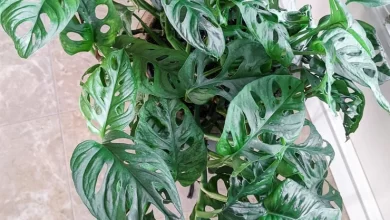Begonia maculata: care and reproduction
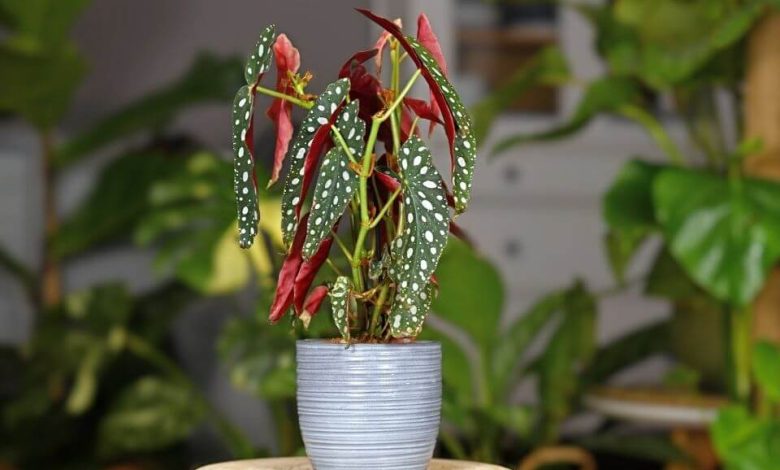
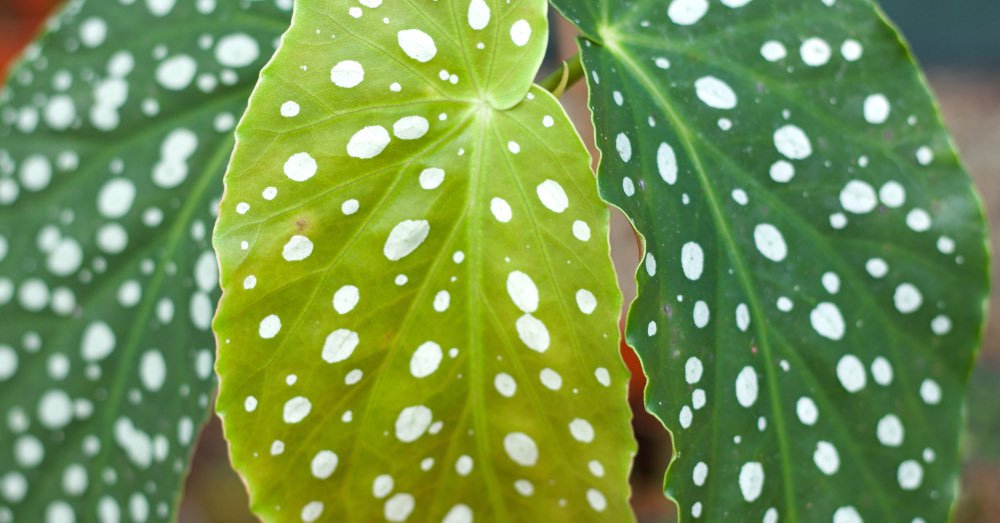
It is one of the indoor plants that fall in love with a simple glance. And it is not for less: the maculata begonia is a true natural spectacle. A plant that brings together extremely interesting aspects for those who want to decorate with plants. On the one hand, it has that perfect exotic point to add personality to any space. On the other hand, the uniqueness of its leaves is such that it is impossible for it to go unnoticed in the room where it is. And, as if these two aspects were not enough, there is a third that closes the circle: the care of the begonia maculata is not complicated at all.
Originally from the tropical areas of Mexico, this plant has several names. For some it is the bamboo begonia, for others the tamaya begonia. The most widespread name, begonia maculata, is due to its unique silver spots that stand out against the intense green of its leaves. But let’s add one more name that helps us define it. A very particular one that honors the originality of the size of this plant: angel wings. And it is that if something defines the begonia maculata, it is that its leaves cascade from its central trunk.
If the begonia maculata is already attractive, it still has another ace up its sleeve. We refer to its flowering. A beautiful one with bell-shaped flowers, which is born in the form of clusters uninterruptedly from spring to the end of summer.
CARE OF THE BEGONIA MACULATA
The care of the begonia maculata is assumable and does not entail great difficulty. But nobody takes deception. We are talking about a tropical plant grown as part of our indoor plants and in latitudes that are very different from the place where it originates. A detail that we cannot lose sight of, since they mark their needs in a couple of decisive aspects for their well-being.
1. Temperature, one of the keys to its cultivation
Let’s start with one of the begonia maculata care that we must closely monitor. And let’s make it clear from the beginning: no, it is not a plant that tolerates cold. A reason why it is usually grown indoors and, also, one of the reasons that can compromise its well-being.
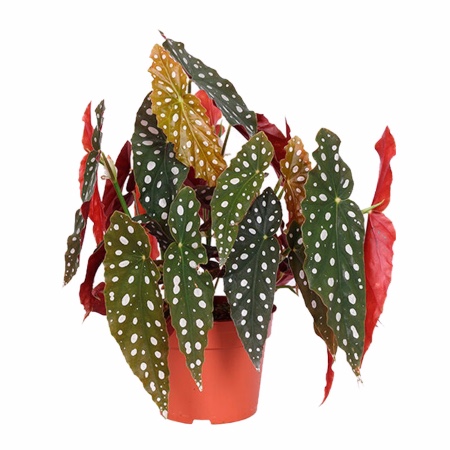
The ideal temperature for this exotic begonia is 20 degrees. It also supports high temperatures, although you have to be careful. Just because you support them doesn’t mean they’re good for you. Therefore, if we live in a very hot climate, the ideal is to place it in a cool place and increase the irrigation pattern.
About its minimum temperature, it is not recommended to subject it to less than 17 degrees. From there, its growth stops and it can lose its leaves.
2. Lighting, another of the cares of the begonia maculata that we cannot neglect
Knowing that it is an originally Mexican plant, we get an idea of its light needs. The begonia maculata needs a lot of light, but never direct sun. This could burn its precious and unique leaves.
3. Irrigation, always moderate
And yes, you read that right: moderate. As much as the begonia maculata is a plant of tropical origin, it does not tolerate excess humidity. It is more: it is one of the main causes of death of this plant, since the roots tend to rot. A detail that we must know to prevent that from being the fate of ours, and that forces us to remove the bottom plate from the pot. And no: we don’t have to spray its leaves either. It is true that it demands environmental humidity, but achieving it is as simple as grouping it with other plants.
To avoid this excess irrigation, the ideal is to guide us through the substrate. Although it is true that it must be dry before watering, two weekly waterings will suffice in the hot months and once a week the rest of the year.
Having good drainage must be a real priority for the cultivation of begonia maculata. Only in this way will we guarantee the correct evacuation of the water. And, to finish promoting it, nothing like choosing among the different types of pots a clay one. A porous material that also puts its grain of sand in the evaporation of excess moisture.
4. Subscriber, essential to support flowering
One of the care of the begonia maculata that we will have to write down in the calendar. With the arrival of spring, it is important to regularly apply a dose of fertilizer. Thanks to it, we will promote flowering but, also, we will help the plant at the time of greatest energy wear of the whole year.
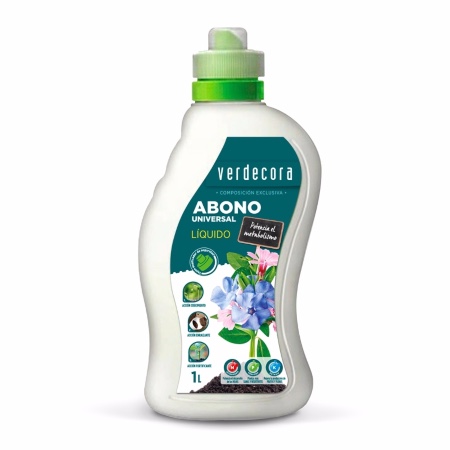
Fertilizing it correctly involves using a mineral fertilizer for flowering plants, guano or, well, a universal fertilizer for plants. As for the guideline, it is simple to follow: we will keep it until the end of the summer.
5. Transplant, once a year and in spring
Let’s not be fooled by the average size of the maculata begonia. It is true that we are talking about a slow-growing plant, and that it grows more in width than in height. To promote that it has the nutrients it needs, it is recommended to transplant once a year at a very specific time: in spring.
In addition to this, there are other considerations for performing the transplant. To begin with, the type of substrate. A very specific mix is ideal for begonia maculata: 50% black peat moss, 50% perlite. In this way, we will have a porous soil that also drains well.
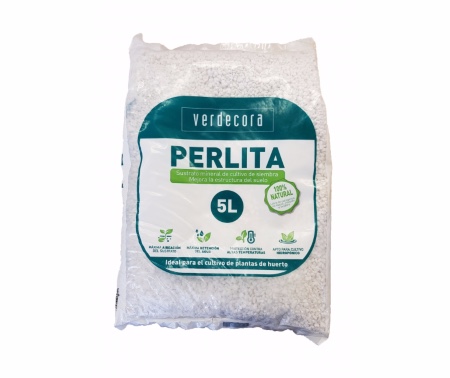
The other aspect of interest is the size of the pot. It will suffice for it to be a maximum of four centimeters larger in diameter. It is not recommended to change it to a pot that exceeds these dimensions. While it is true that it will need room to grow, it is more important that its root growth be orderly.
REPRODUCTION OF BEGONIA MACULATA
We leave for the end one of the aspects that usually arouses curiosity: the reproduction of the maculata begonia. An aspect that will allow us to have twin plants to ours, and propagate this precious wonder of nature.
Reproducing begonia maculata involves knowing how to take cuttings that will grow successfully. It is the only way to be able to reproduce it, but it also has its peculiarities. It is important to do it in winter: the moment of vegetative rest of the plant. And just as important as this is knowing how to make it thrive: placing the stem in a glass of water until it has a good number of roots. Then it will be time to transplant it into a pot with substrate.
And, now that you know the attractions and care of the begonia maculata, do you resist having it?


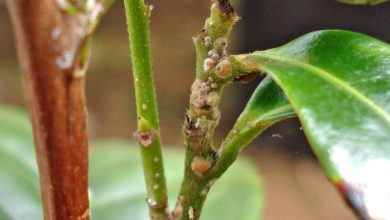
![Photo of The Best Electric Brushcutter: [Our Pick]](https://www.complete-gardening.com/wp-content/uploads/2022/08/the-best-electric-brushcutter-our-pick-390x220.jpg)
